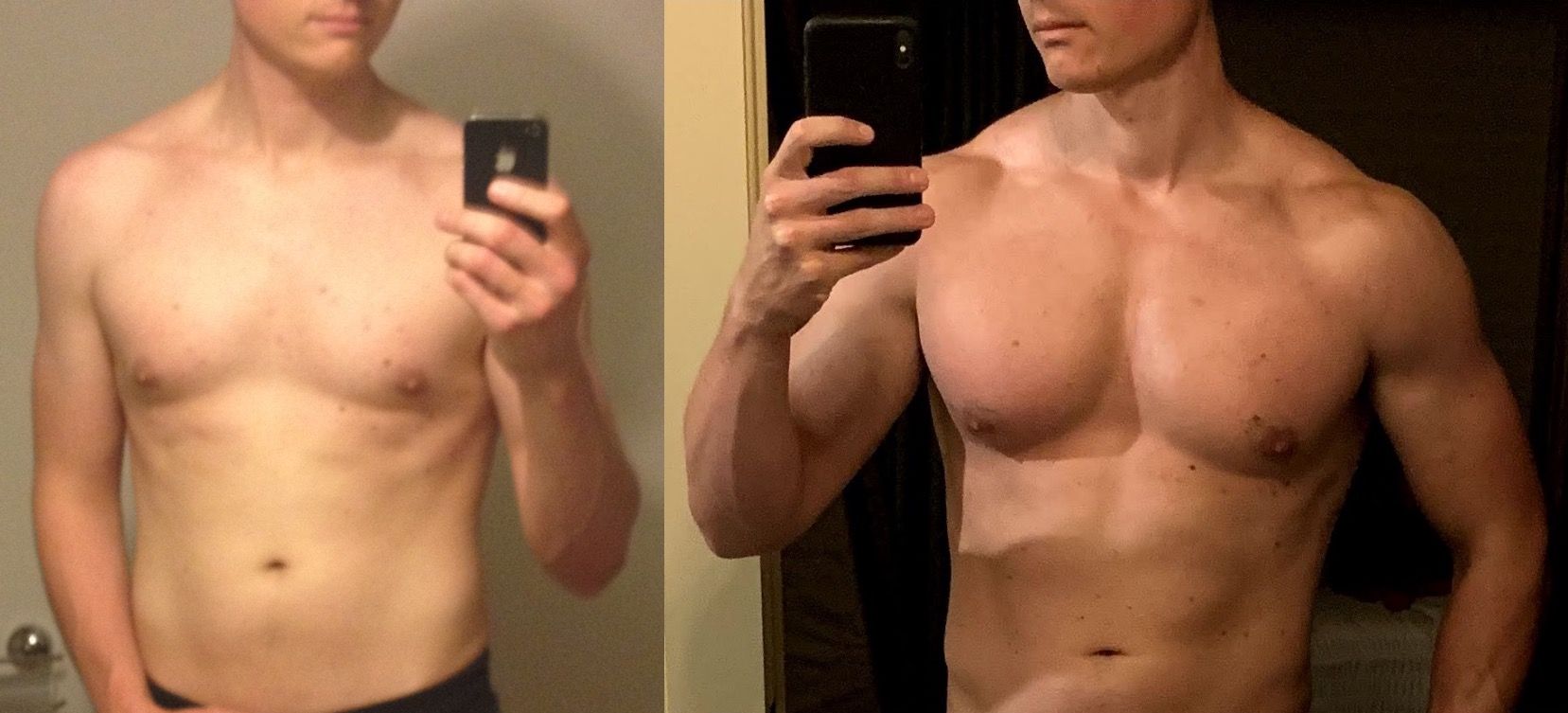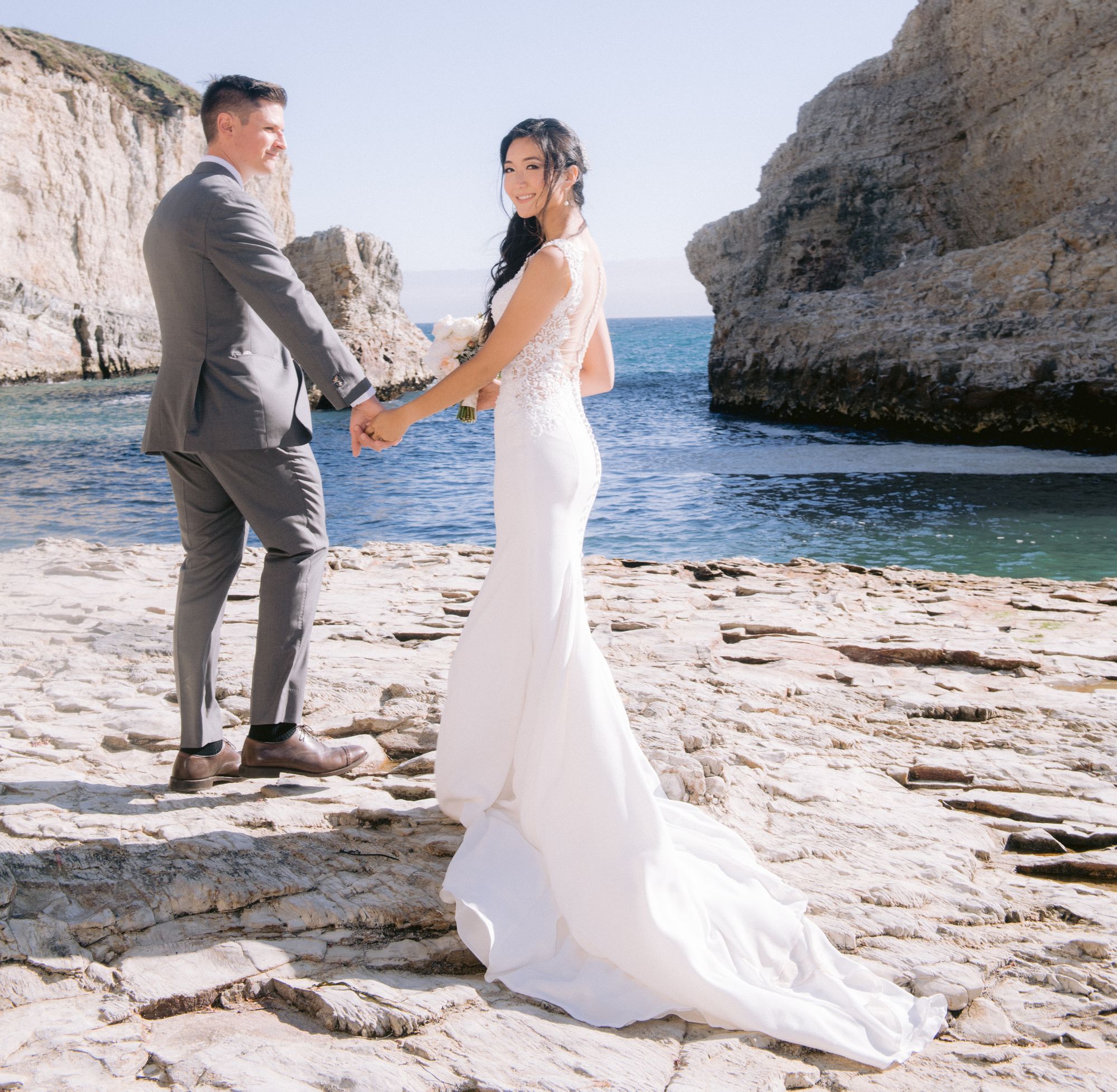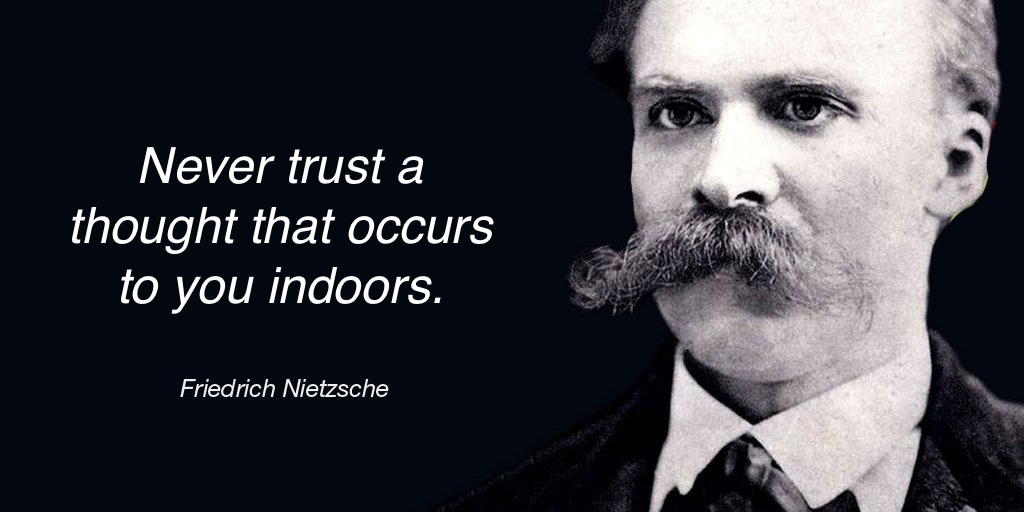My pursuit of extreme strength, health, and energy
Physical excellence drives success in every other aspect of life. Here are the habits that have stuck with me in my pursuit of extreme strength and vitality.

Growing up and through high school and college, I focused entirely on academics and technology. I ate whatever I wanted and avoided physically demanding activities. When I started working in tech, I met people who actually cared about their health and appearance. They made me aware of the importance of diet and exercise for mental clarity, attractiveness, and vitality.
Soon I became obsessed with the idea of not only being passably fit, but developing extraordinary physical abilities. I came to believe that physical excellence would drive success in every other aspect of my life. I made it a goal to become my best possible self not only mentally, but physically. Here are the habits that have stuck with me in this pursuit.
Powerlifting

A heavy compound lift is the ultimate stress test for the body, testing the coordinated function of all of its subsystems: muscles, bones, heart, lungs, brain, hormones, etc. In engineering terms, compound lifts are end-to-end tests, and isolation lifts are unit tests. Both are useful, but you're in really bad shape if the end-to-end tests don't pass.
So far, at bodyweight of around 190 lb, I've deadlifted 525 lb, squatted 475 lb, and benched 330 lb.
I first tried lifting towards the end of college to improve my odds with women. The results were okay, but it felt like a chore. A couple years later, someone I worked with introduced me to Starting Strength. When I could barely squat the bar despite having trained regularly with machines and dumbbells, I realized how weak I was. I decided to go all in on barbell-style lifting. I became addicted to the process, seeing the amount of weight I could lift increase every week. I figured that strength, as measured by weight on the bar, was correlated enough with size and aesthetics, so I continued to optimize on strength.
When I started my last company, I stopped making time for lifting and focused all my energy on the company. I started becoming mentally foggy. I needed to start exercising again. Long story short, I tried CrossFit, injured my knee, went back to powerlifting, tweaked my back deadlifting, and then found SF Iron and started working with a coach there (Zac Johnson and later Matt Bickford) to improve my form and take my gains to the next level. My coach encouraged me to try a local powerlifting competition for fun. Within a few years I made it to USPA Nationals. When COVID broke out and gyms in San Francisco were forced to close, I moved to the country so that I would have space to build a home gym and continue training.

Lifting has also forced me create adjacent healthy habits. To recover between workouts, you need to sleep well and eat plenty of protein. If you compete or just want your progress to be more visible, you need to keep your weight and body composition in a healthy range.
Sleeping
I make sure to sleep well to maximize mental clarity and physical energy. I follow a pretty consistent sleep routine with my wife. Even before learning about the health benefits of sleep from Why We Sleep, I knew it was important given how grueling a heavy set of squats felt after a bad night of sleep.
I sleep at roughly the same time every night and give myself a 9-hour sleep opportunity, waking up naturally without an alarm clock. Before bed, I take magnesium (1, 2) and wear blue light-blocking glasses. I sleep on an Ooler in a quiet, blacked-out room. I track my sleep with the Oura Ring.
Like lifting, sleeping well creates adjacent beneficial habits. To sleep well, you need to limit alcohol. Even one drink has a noticeable impact on my sleep score. You also need to limit caffeine; I used to drink caffeine all day, but I now limit it to 3 cups of coffee before noon and tea in the early afternoon.
Eating well
A good diet is essential for strength gains and general vitality. To support muscle gains and maintenance, I eat .8-1.0 g of protein per lb of bodyweight per day. I weigh myself every morning. When I'm under the threshold, I eat casually, keeping protein high and loosely adjusting carbohydrate and fat intake to stay under. When I'm over the threshold, I count calories to drop 1-2 lb per week until I'm safely under the threshold. To make it convenient to count calories (when I'm not cooking a full meal with my wife), I use a meal prep service that provides calorie and macro counts, currently Factor75. Fage Greek yogurt and ONE bars make decent high-protein snacks.

Ingredient quality and variety are also important. I avoid sugar and seed oils (e.g. canola and soybean oil) and try to stick to organic food and naturally produced meats (e.g. grass-fed+finished beef). I don't think sodium is bad for you, but I avoid large quantities (e.g. in lunch meat) because it affects my sleep. I also try to consume vegetables, unusual ("nose to tail") animal parts, catechin-rich foods (chocolate, wine, berries, tea), and probiotic foods (yogurt, kimchi). I add salmon roe to meals to make sure I'm getting plenty of omega-3 fatty acids. I also take a few supplements based on deficiencies detected by my doctor in blood tests. I currently take vitamin D, B12-folate, and DHEA. Vitamin D also helps guard against COVID.

Meal timing can help with training. Before a workout, I eat a snack including all three macros, e.g. Greek yogurt with granola. I used to work out fasted, but, as the weight started increasing, I found that eating beforehand made me much more energized and prepared. Before and during a workout, I supplement with caffeine, creatine, beta-alanine, electrolytes (LMNT), and plenty of water. I eat a high-protein meal afterwards.
Marriage

Marriage is obviously not merely a lifestyle optimization. That said, being married has many health benefits. Once you're in a committed, loving relationship, you no longer need to worry about dating; you become free to choose your location and customize your routine.
My wife is also a health optimizer. We want each other to live long, healthy lives, so we are accountable to each other to make healthy choices. We complement each other; she focuses on aspects that I pay less attention to, and vice versa. For instance, she makes sure our household supplies use natural, nontoxic ingredients, while I've encouraged her to build strength.
Walking outside
Walking outside is a new habit I'm trying to develop. It's essential for being creative. Ideas flow into your head naturally when you're walking.


Sun exposure is also important. Supplementing with vitamin D is okay, but it's more natural to get it from the sun. It's best to live somewhere warm, sunny, and private where you can spend as much time as possible outside shirtless.
Living in nature

Living in the country — sparsely populated by people and surrounded by nature — makes living a healthy lifestyle much easier. Since the outbreak of COVID, I went from living in an apartment in San Francisco to living on a ranch in the Hill Country of Texas. Here, there are no wildfires and no filth. The air is clean, and you can safely go outside and exercise. Lifting in the country is more fun and convenient because you have plenty of space for a home gym and don't have to worry about disturbing your neighbors when you drop weights. Sleep is easier because it's quiet and dark at night. Going outside for a walk is easier because you don't need to wear a mask or risk catching COVID. Being surrounded by trees and animals and seeing the stars every night puts you in calm, creative mindset. It's much better than being in a decrepit city of 2020, surrounded by crime, noise, lights, traffic, excrement, and needles. For anyone in a committed relationship with a Zoom job and no location-attached kids, moving to the country right now is a no-brainer.
